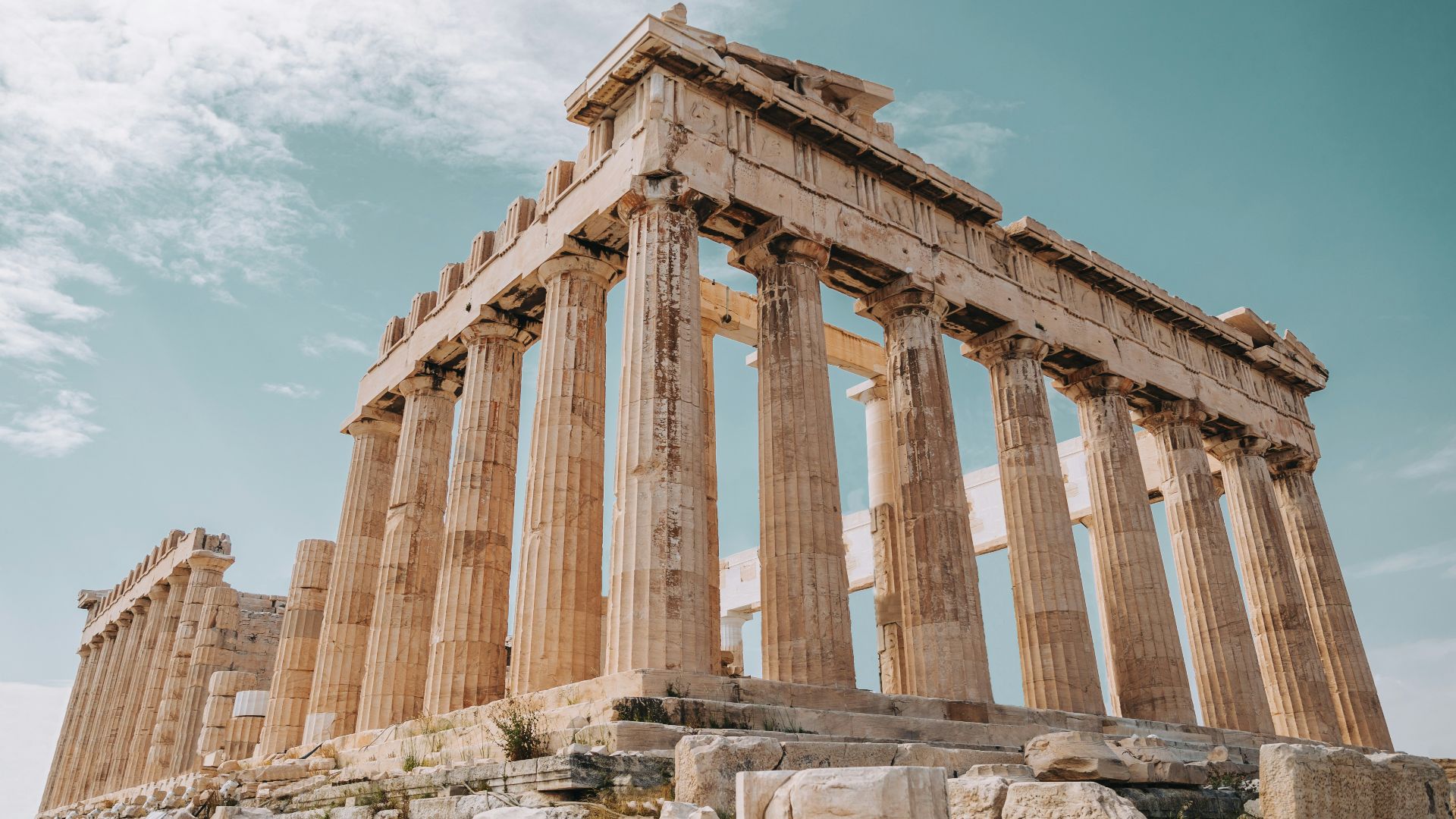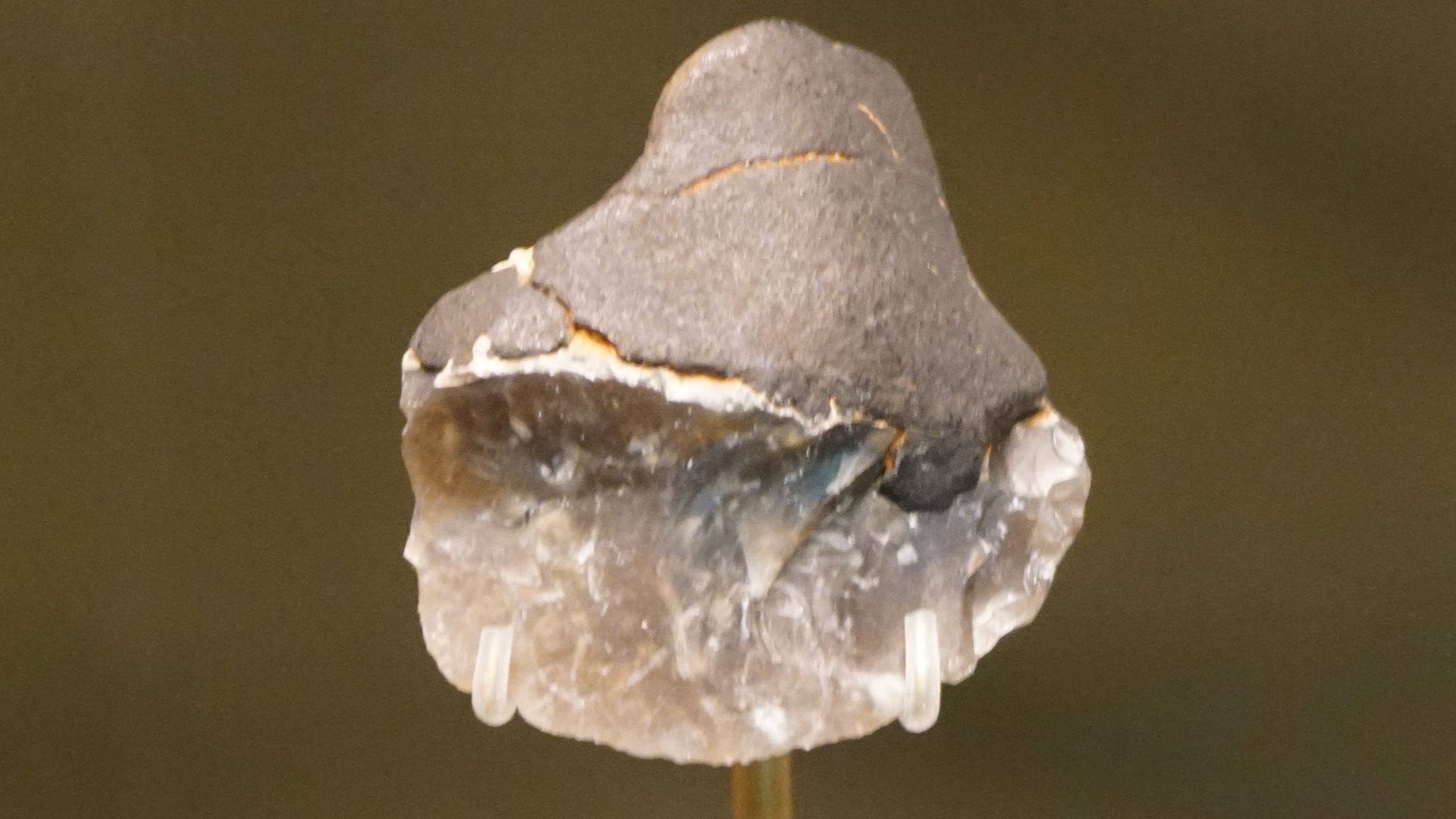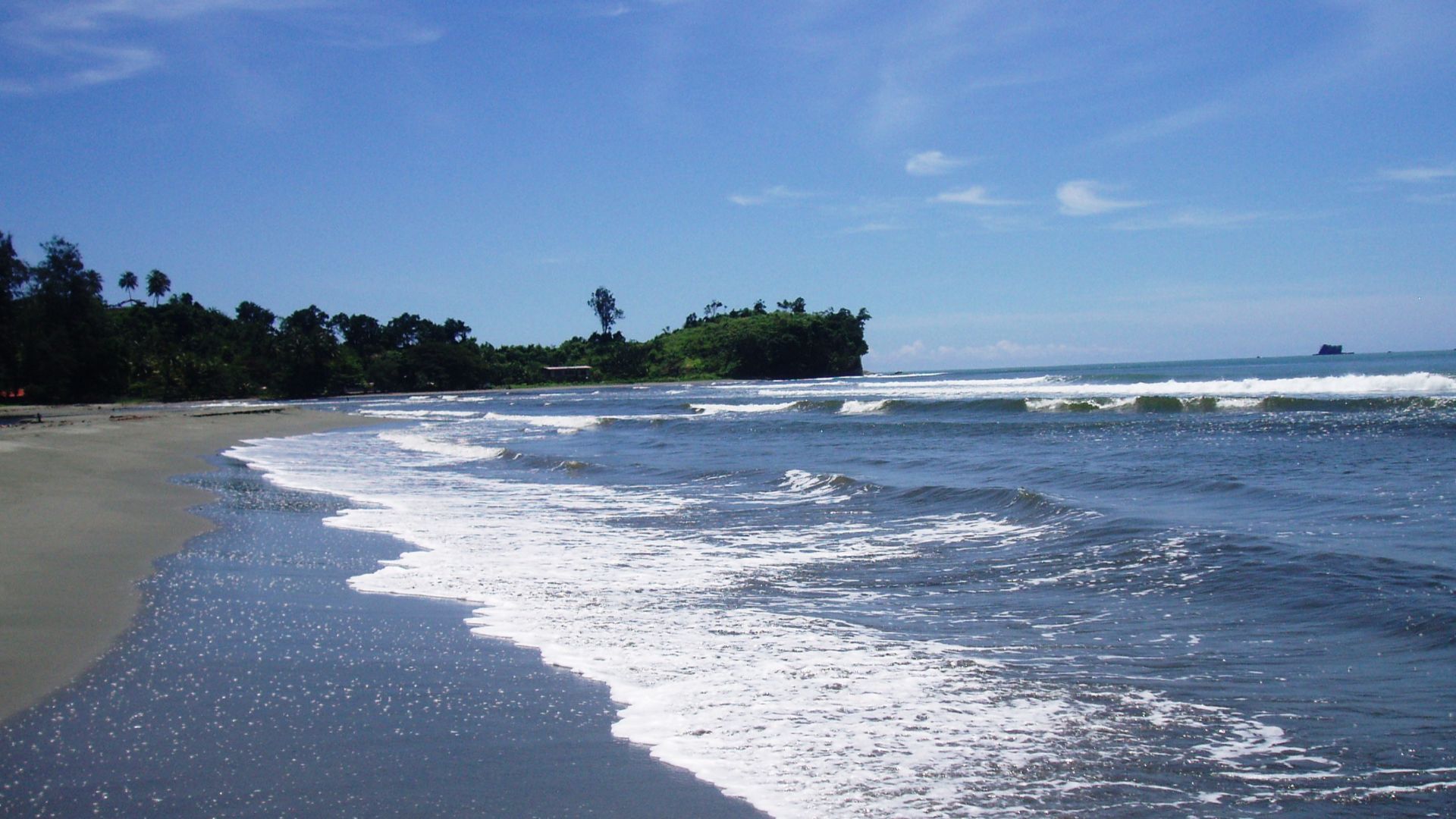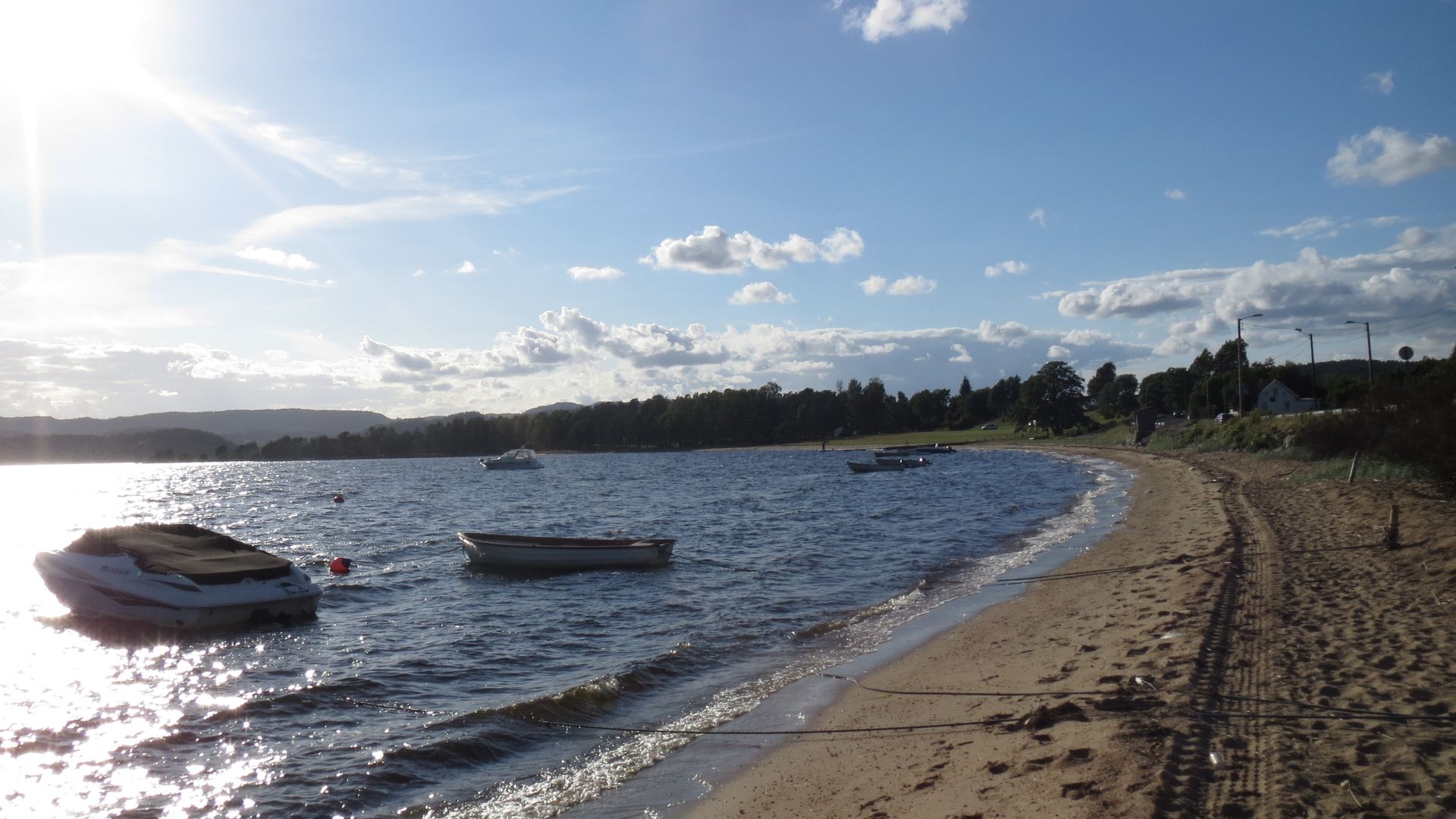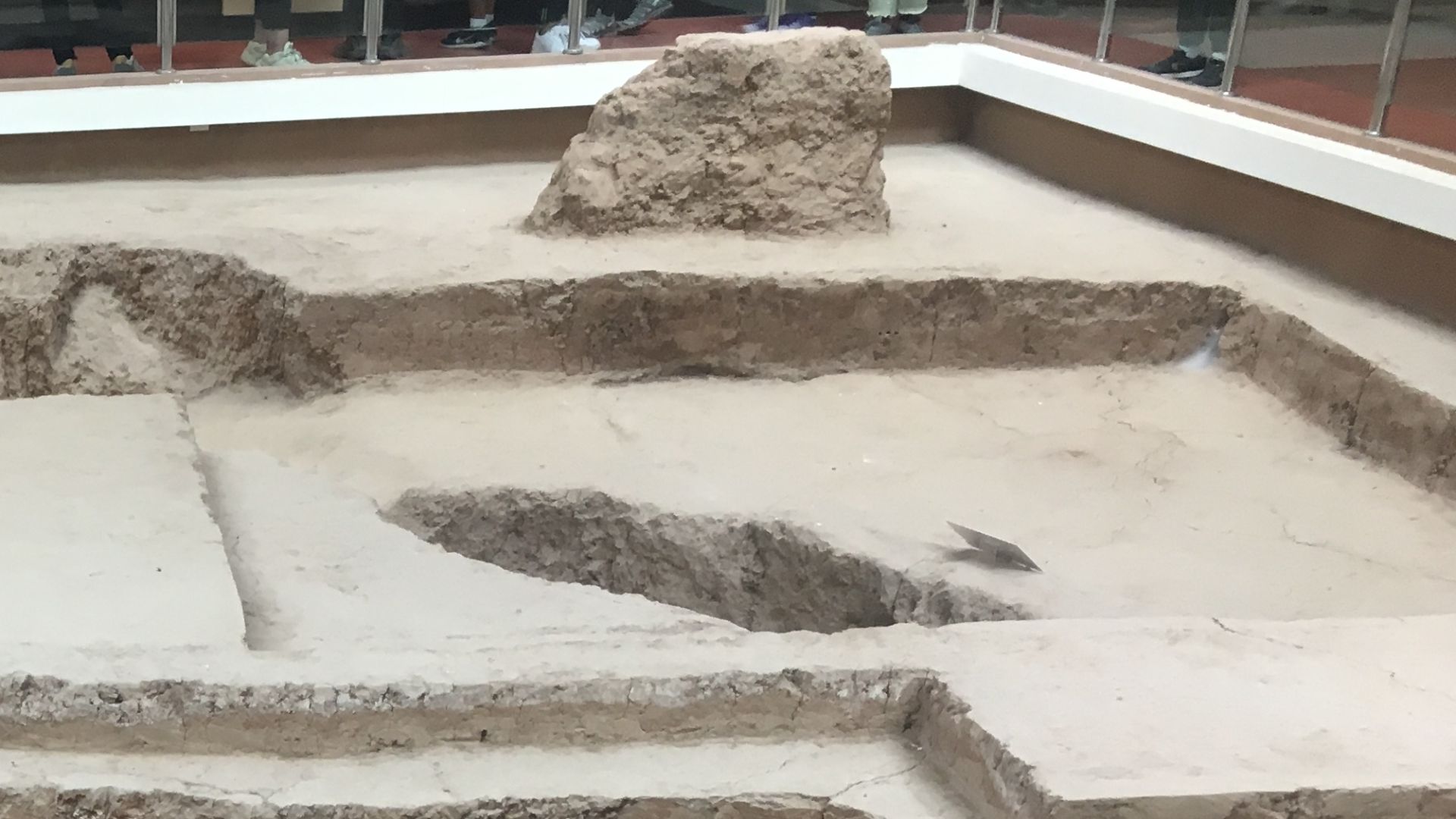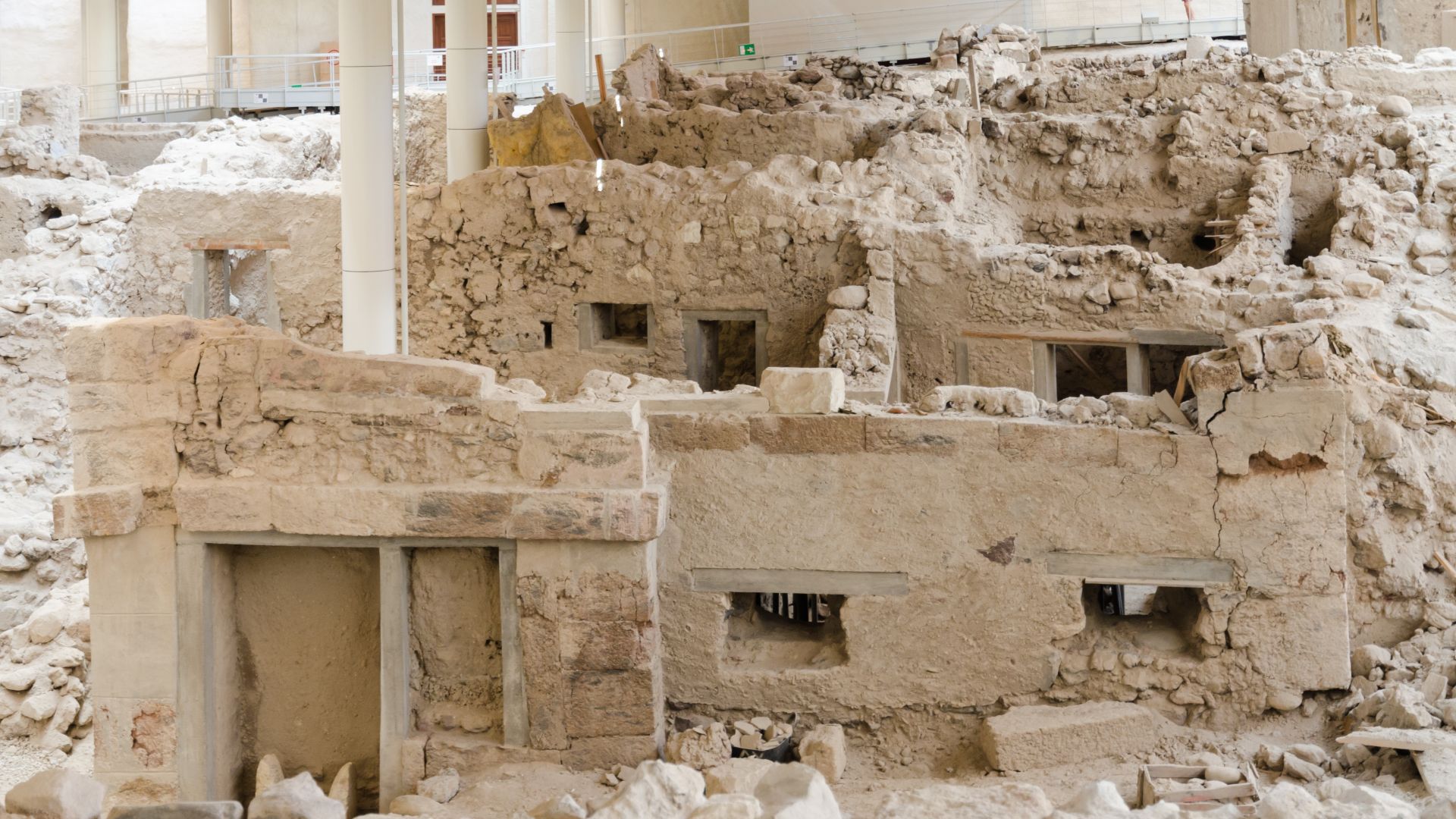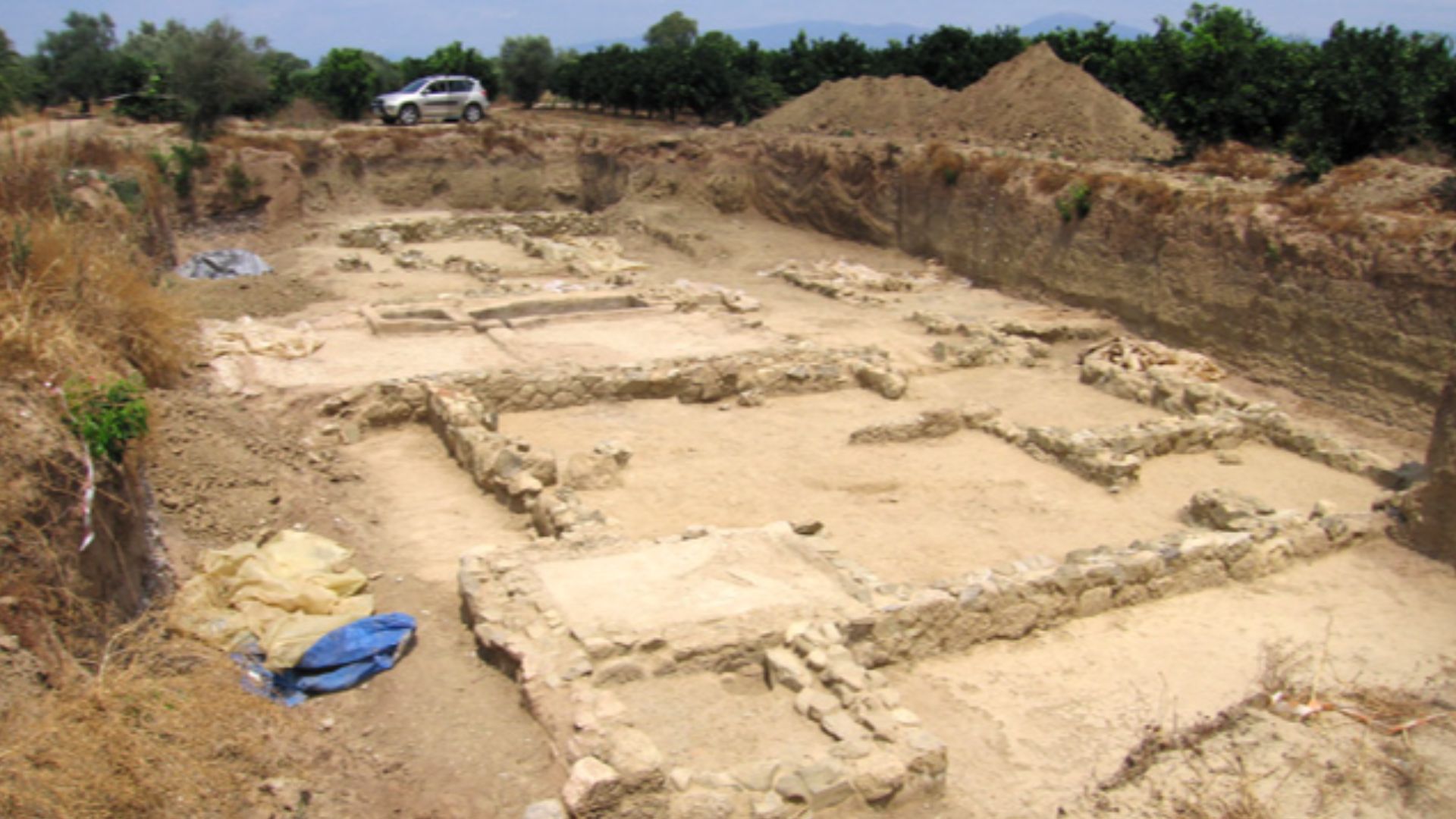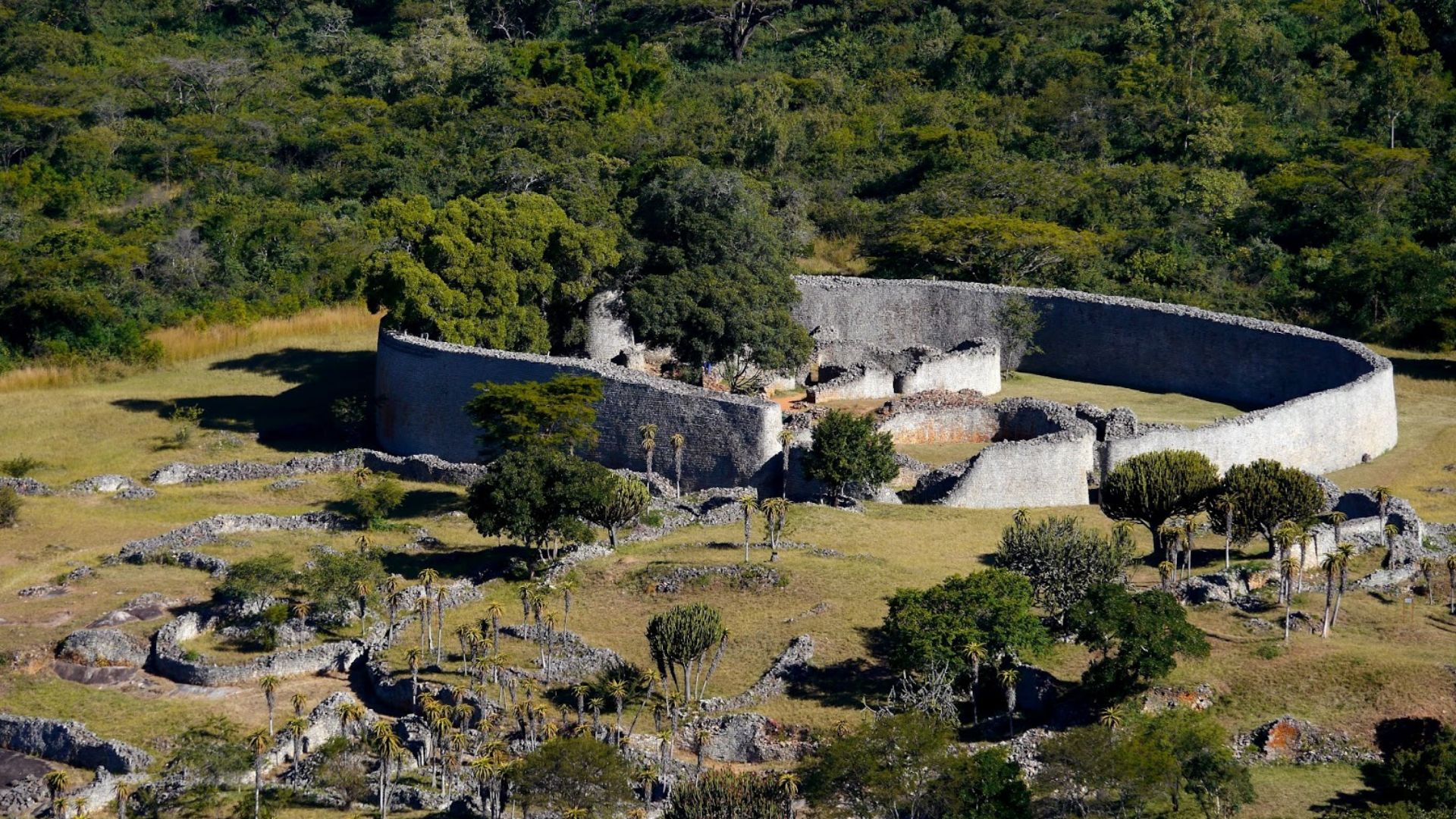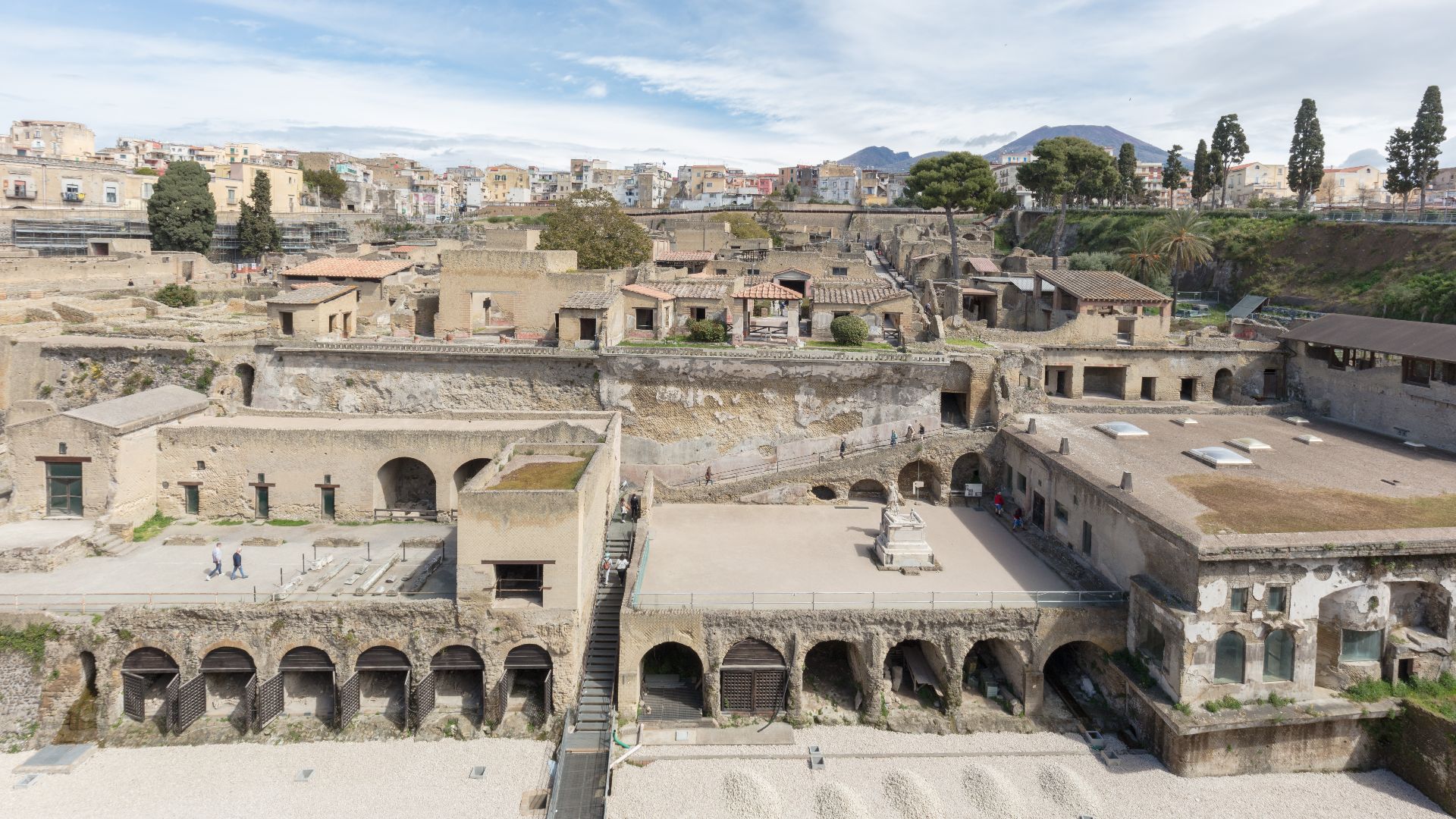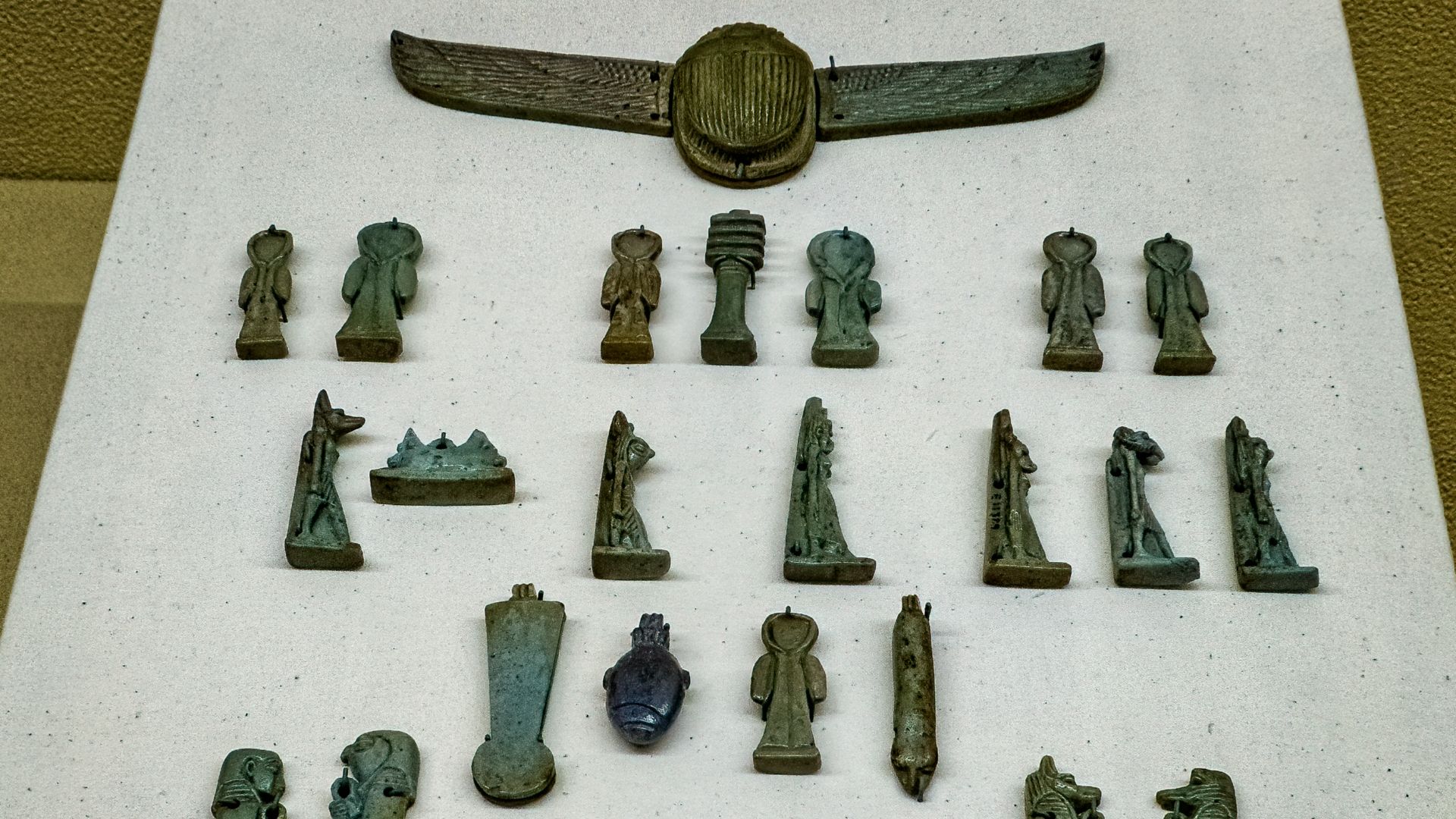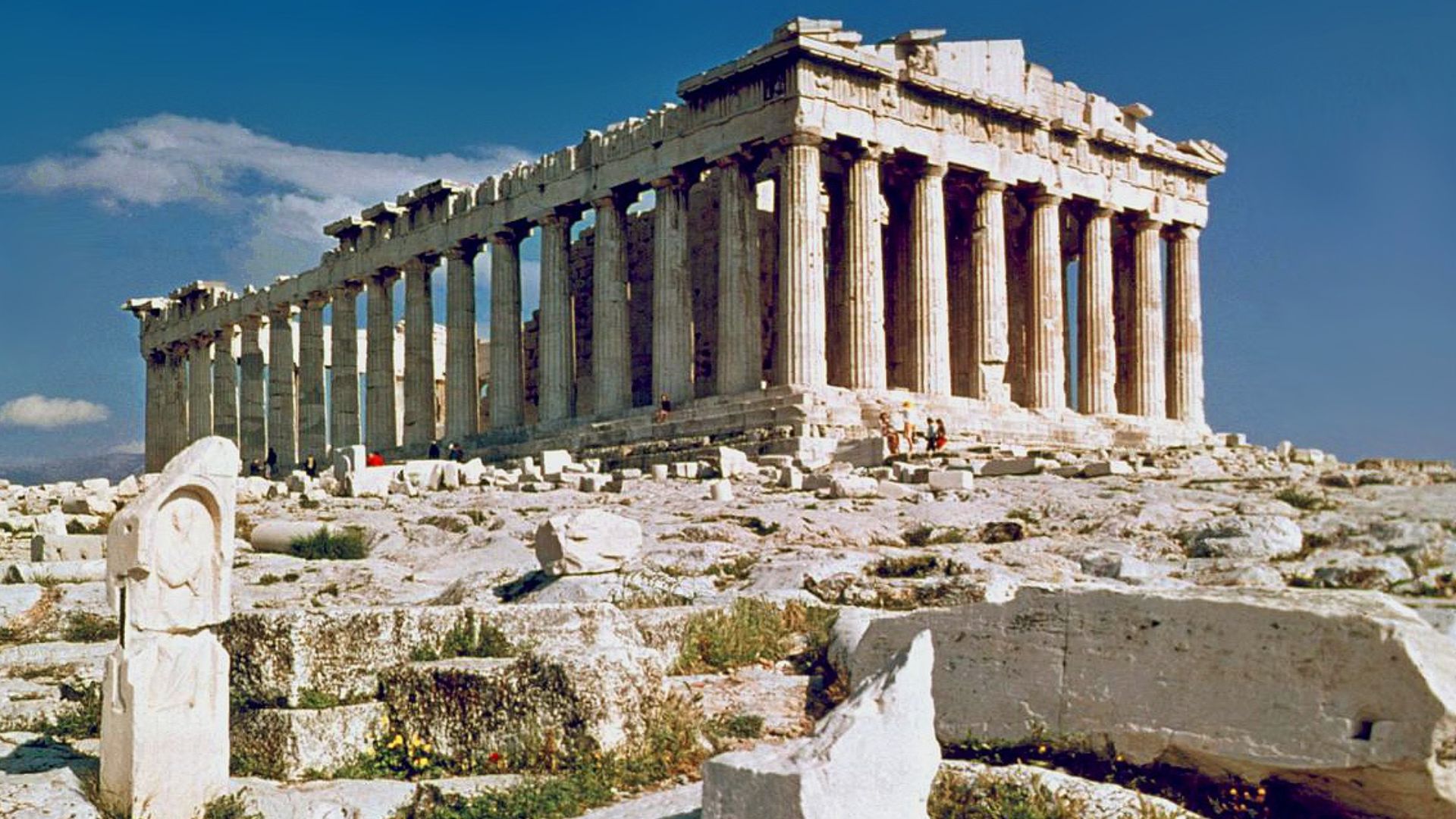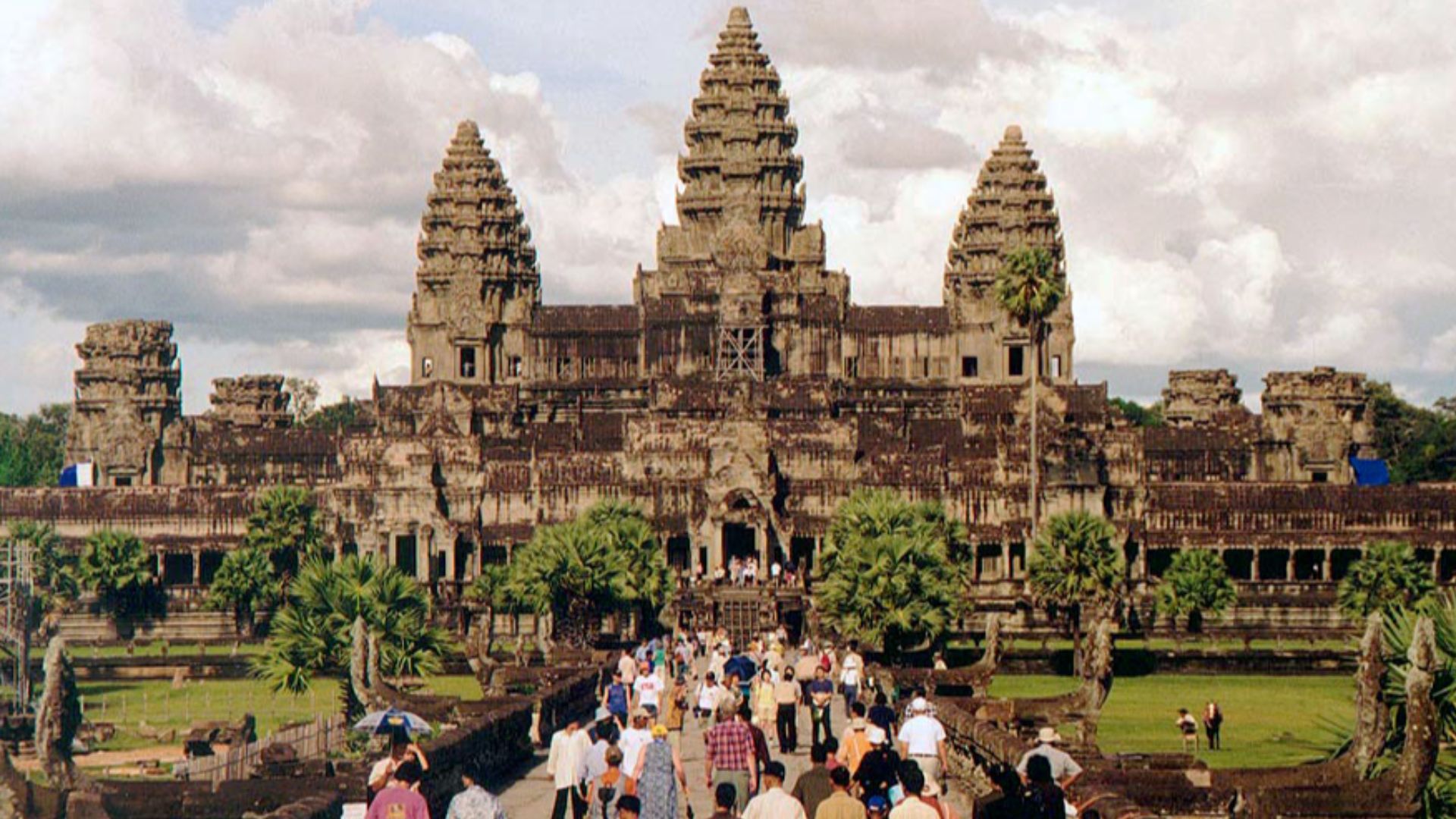Empires Lost To Earth’s Fury
When nature strikes without warning, even the most powerful empires can fall. Volcanoes, floods, and earthquakes have erased entire cities, leaving behind only ruins and mysteries. These lost worlds remind us how fragile human achievement can be when faced with natural forces. Explore the ancient civilizations undone by catastrophe and uncover how their downfall still shapes our understanding of human resilience today.
1. Doggerland (6225–6170 B.C.)
Prehistoric tools and animal bones found on the North Sea floor tell of a vanished world. These artifacts belong to Doggerland, often called “Britain’s Atlantis”. It is a Mesolithic land that once joined Britain and Europe before rising seas and a huge tsunami buried it forever.
2. Aitape (Circa 6000 years ago)
When archaeologists found a mysterious skull inland at Aitape, they uncovered more than ancient bones—they found the earliest known tsunami victim. Careful geological and forensic studies showed that these remains belonged to someone caught in one of the region’s massive ancient tsunamis.
3. Hamresanden (4000–3600 B.C.)
Finds at Hamresanden reveal a Stone Age settlement preserved under sand, complete with tools, weapons, and house remains. Though dramatic theories spread, geological evidence shows river flooding caused the destruction, not a civilization-ending disaster as some once believed.
4. Harappan Civilization (2200–1900 B.C.)
The Harappans built incredible cities with neat grids and advanced drainage systems, but nature ultimately prevailed. A 200-year drought wrecked their farmlands, forcing people to leave great cities like Mohenjo-daro and Harappa behind and end their once-thriving civilization.
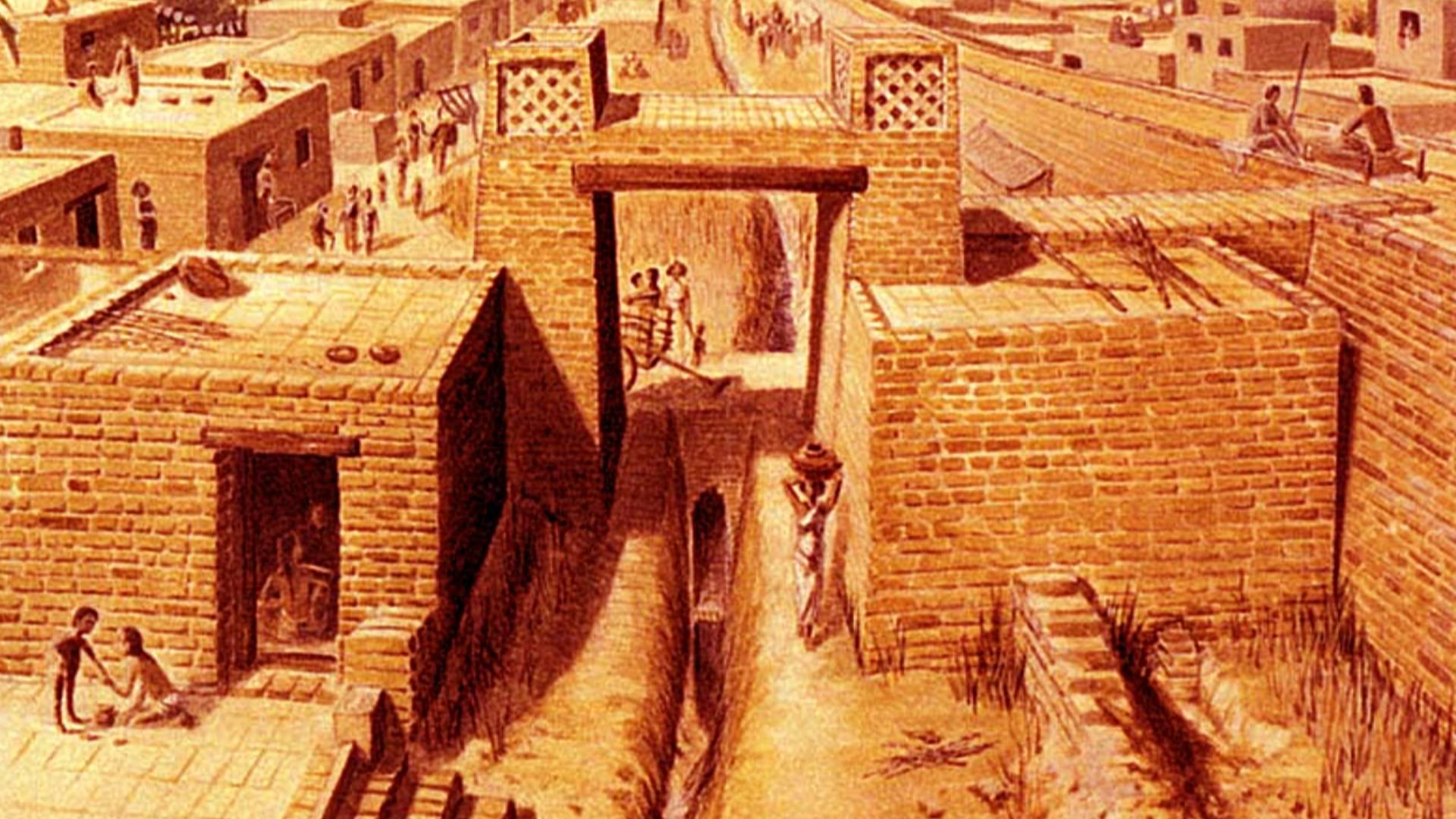 Tejavalli reddy(1830787) on Wikimedia
Tejavalli reddy(1830787) on Wikimedia
5. Lajia (1920 B.C.)
Finding ancient noodles at Lajia seemed like a small win for archaeology until scientists learned their tragic story. Beneath the soil lay families frozen in their final moments, trapped by an earthquake and mudslides that buried the entire Bronze Age community.
6. Akrotiri (Circa 1600 B.C.)
Hidden under volcanic ash for over 3,600 years, Akrotiri is a Bronze Age time capsule. This “Pompeii of the Aegean” preserved multistory homes and vivid wall art, frozen in time when Thera’s volcano erupted with incredible force and buried the city.
7. Helike (373 B.C.)
Before Helike’s fall, nature gave strange warnings—animals fled, and glowing lights cut through the night sky. But nothing stopped disaster as an earthquake and tsunami struck, pulling the once-bustling city into the Gulf and leaving it concealed for centuries.
8. Thebes (1200 B.C.)
Thebes once ruled Egypt through its massive temples and rich culture, but nature helped bring it down. Droughts, floods, and earthquakes damaged its core, while a shifting Nile and growing political chaos turned the grand capital into fading ruins.
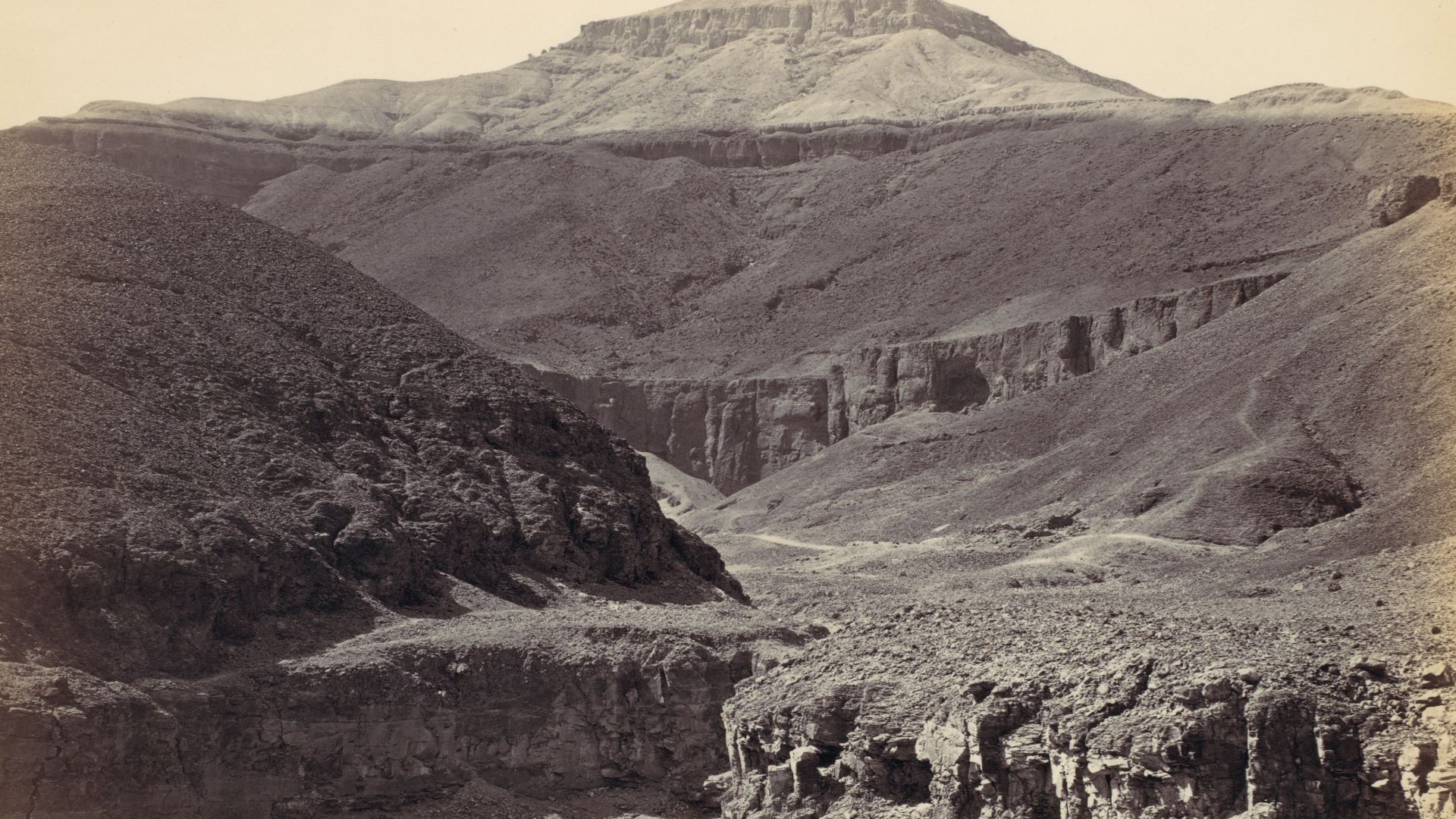 Francis Frith / Francis Frith on Wikimedia
Francis Frith / Francis Frith on Wikimedia
9. The Hittite Empire (1200 B.C.)
Climate change brought long droughts that wrecked the Hittite Empire. As crops failed and a famine spread, the economy broke down. With rising social unrest, their once-great power fell apart, leaving Hattusa in ruins—now a UNESCO World Heritage site preserving its memory.
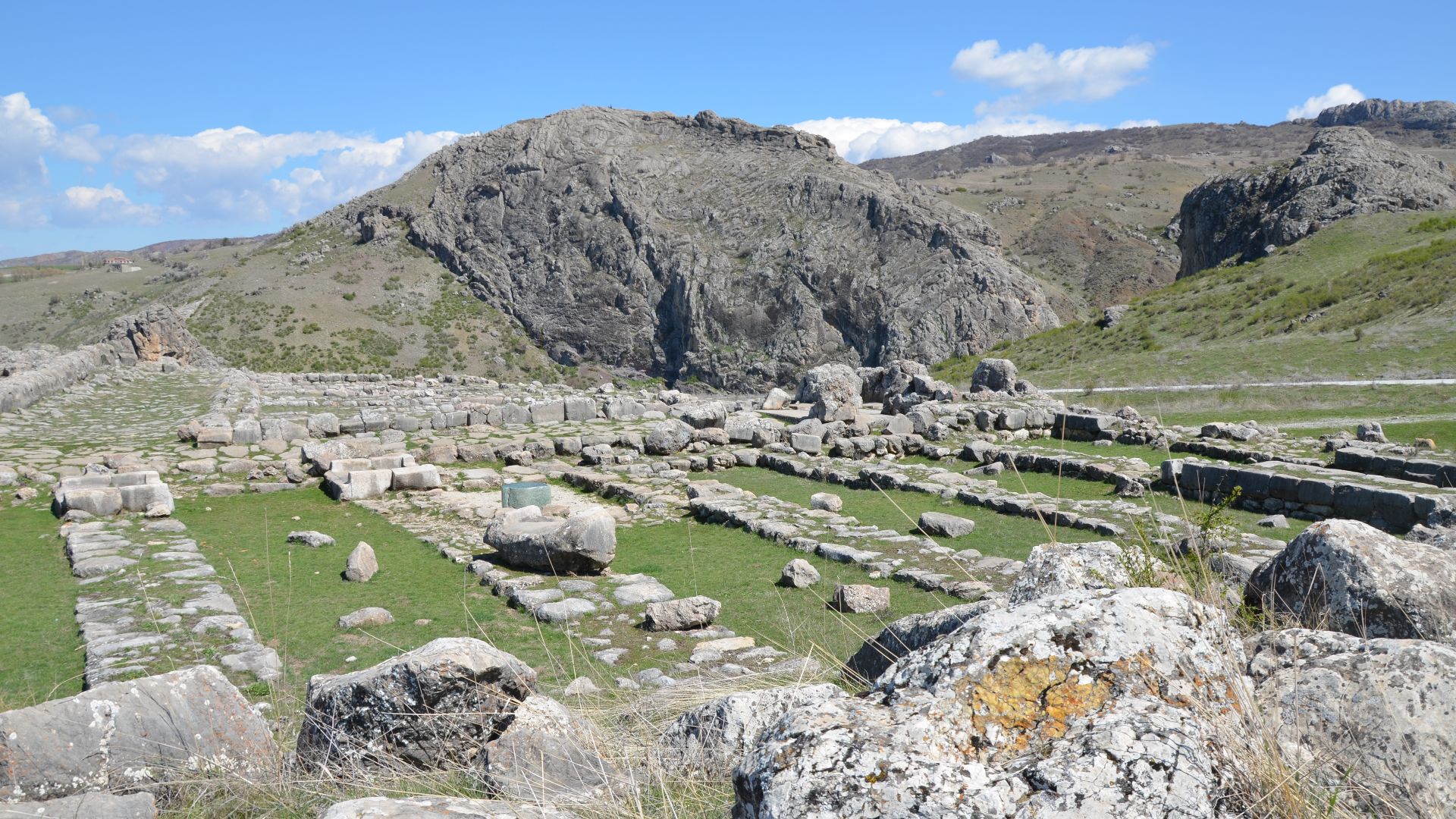 Carole Raddato from Frankfurt, Germany on Wikimedia
Carole Raddato from Frankfurt, Germany on Wikimedia
10. Maya Civilization (900 A.D.)
Across the jungles of Central America, the Maya cities began to fail one after another. Drought drained their reservoirs, which left Tikal and others without water. Crops shriveled, and once-busy streets fell silent. Over time, vines and roots quietly swallowed what remained of their world.
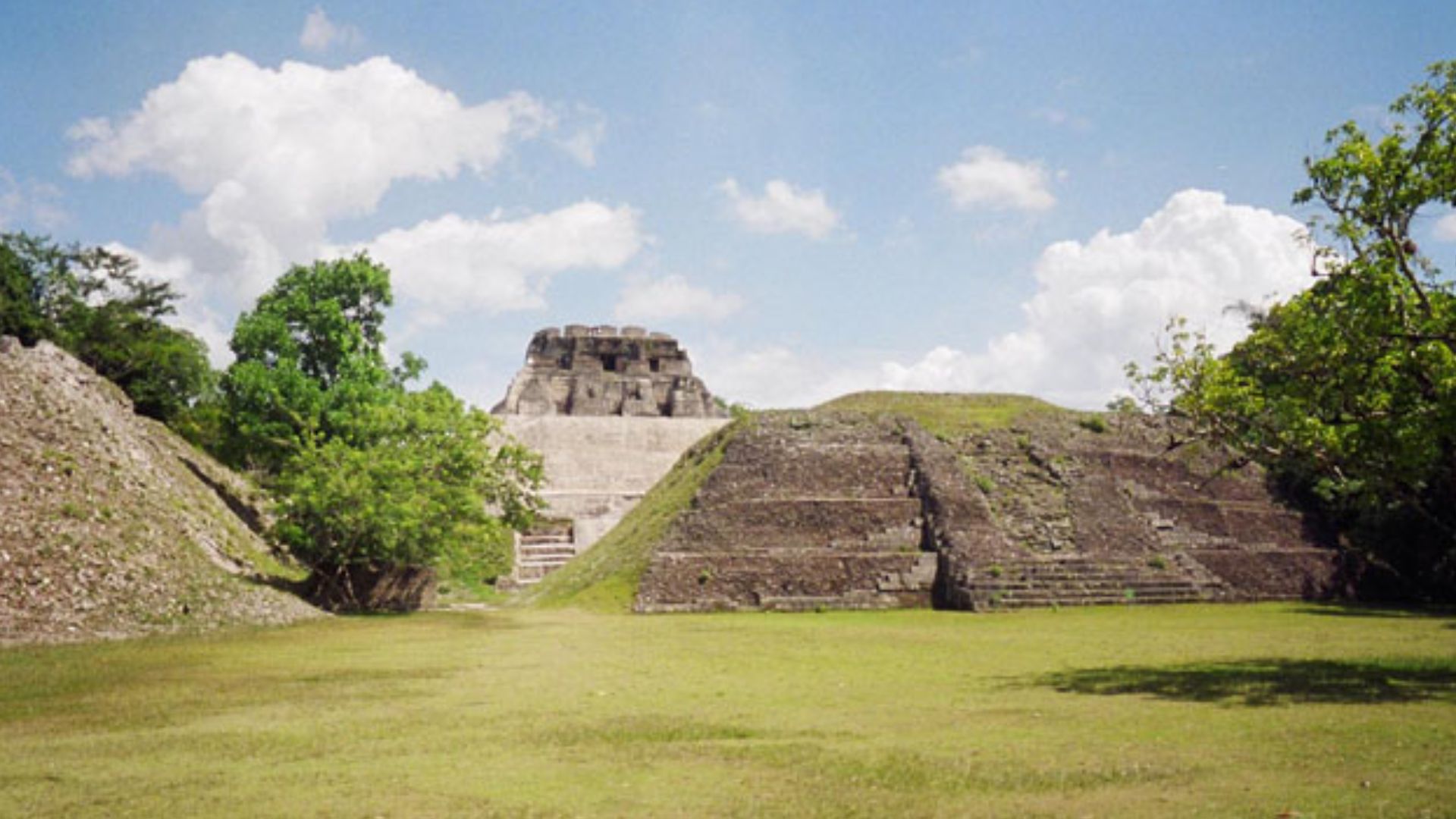 Josh from new rochelle on Wikimedia
Josh from new rochelle on Wikimedia
11. Cahokia (1350 A.D.)
Visitors walking through Cahokia can still sense its former greatness at Monks Mound, North America’s largest ancient earthwork. Once rivaling Europe’s biggest cities, this vast settlement slowly gave way to nature as floods, drought, and depleted resources ended its powerful run.
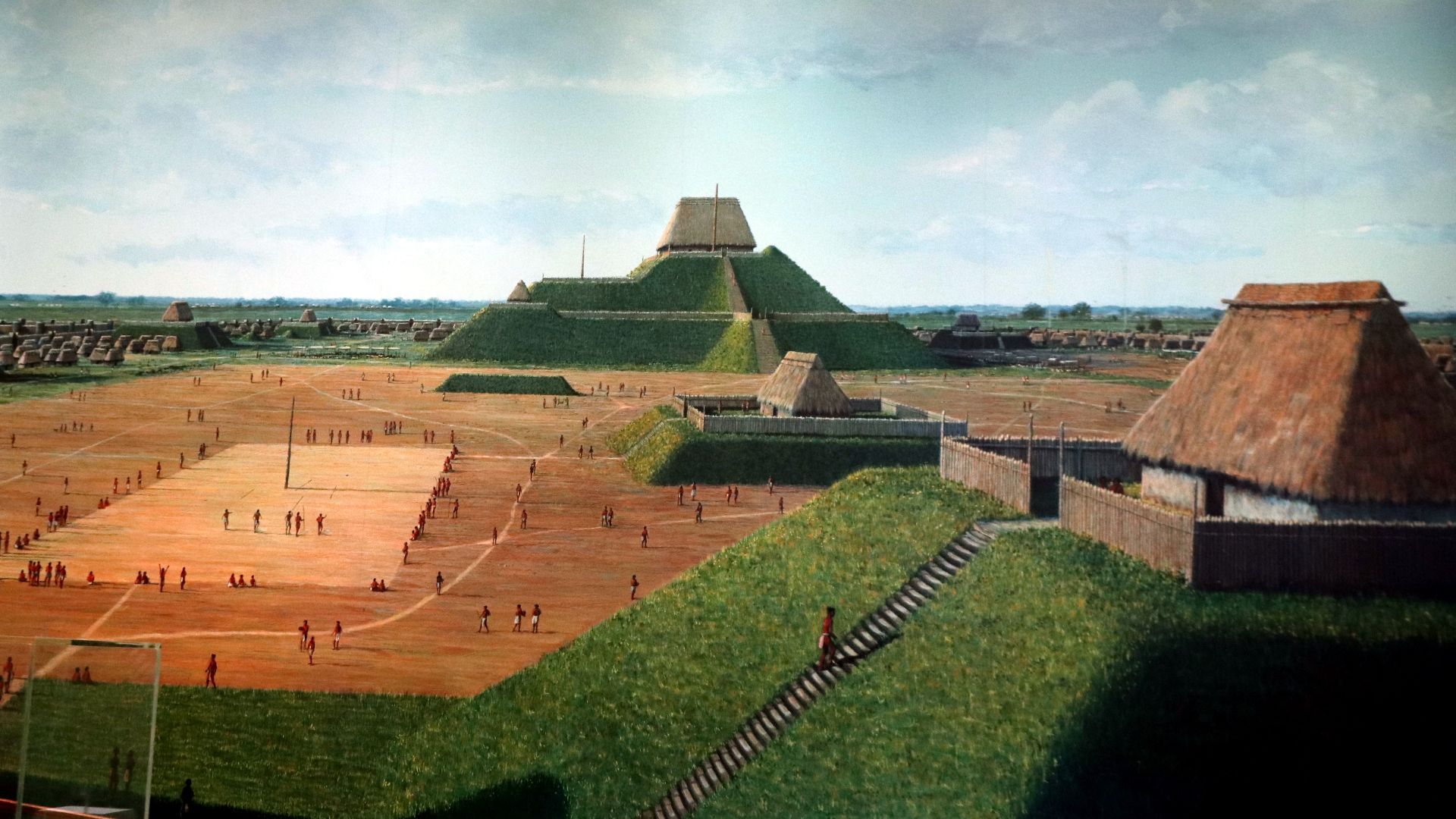 Thank You (24 Millions ) views on Wikimedia
Thank You (24 Millions ) views on Wikimedia
12. Great Zimbabwe (1450 A.D.)
Set in southern Africa’s heartland, Great Zimbabwe thrived as a center of trade and influence. Its towering stone walls—“house of stone” in Shona—still command respect. But as droughts worsened and resources dwindled, the mighty empire faded.
13. Tikal (950 A.D.)
Deep in Guatemala’s jungle, Tikal’s towering ruins whisper stories of the Maya’s fall. Scientists found that deforestation and drought combined to make survival impossible. Its people left, abandoning a once-vibrant city now remembered as one of the Maya world’s greatest centers.
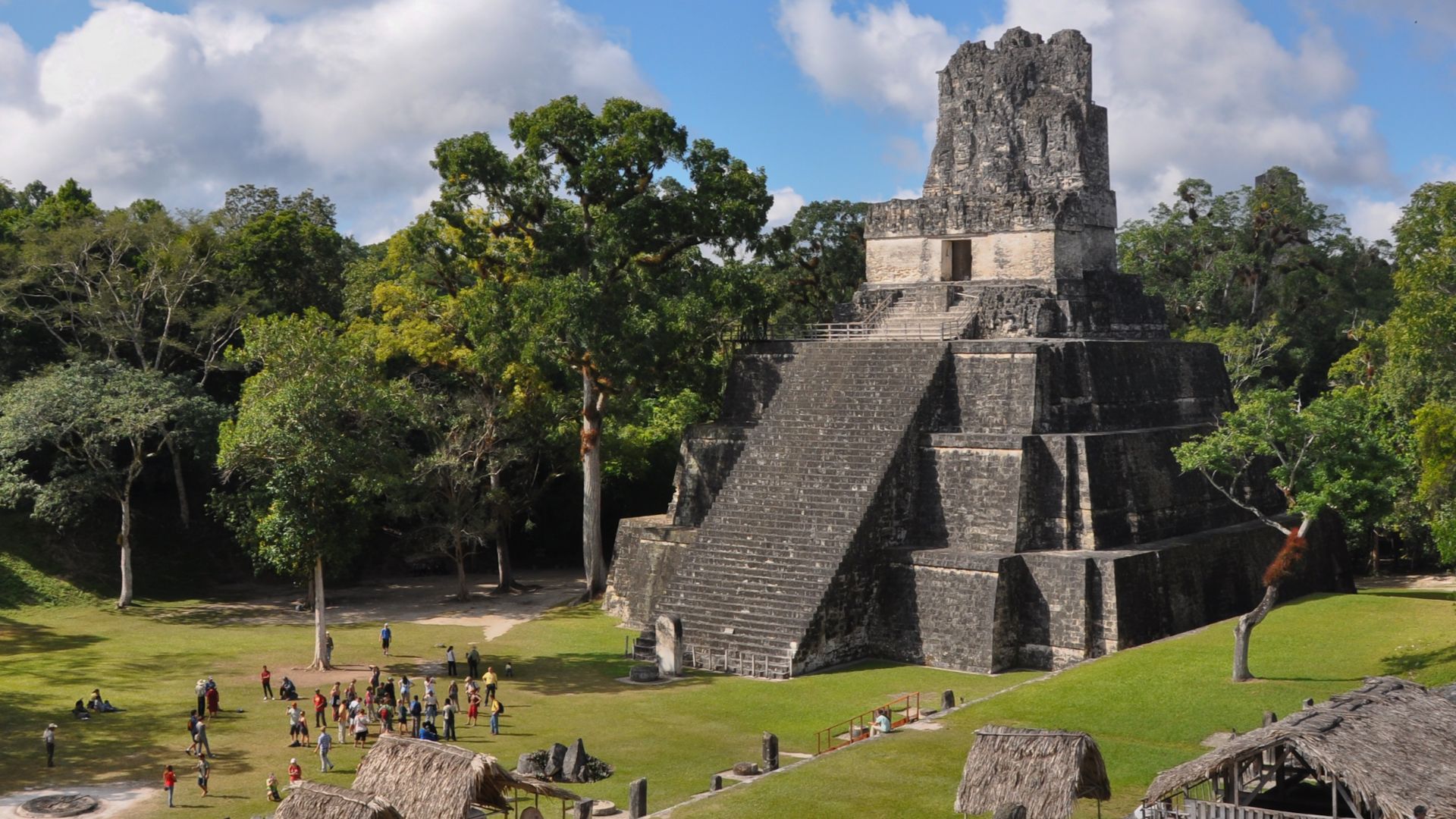 Mike Vondran derivative work: MrPanyGoff on Wikimedia
Mike Vondran derivative work: MrPanyGoff on Wikimedia
14. Pompeii (79 A.D.)
The plaster casts of Pompeii’s victims reveal a moment frozen in time. As Mount Vesuvius erupted, ash and gas buried the Roman city instantly. Rediscovered centuries later, Pompeii became one of archaeology’s most haunting and perfectly preserved windows into the ancient world.
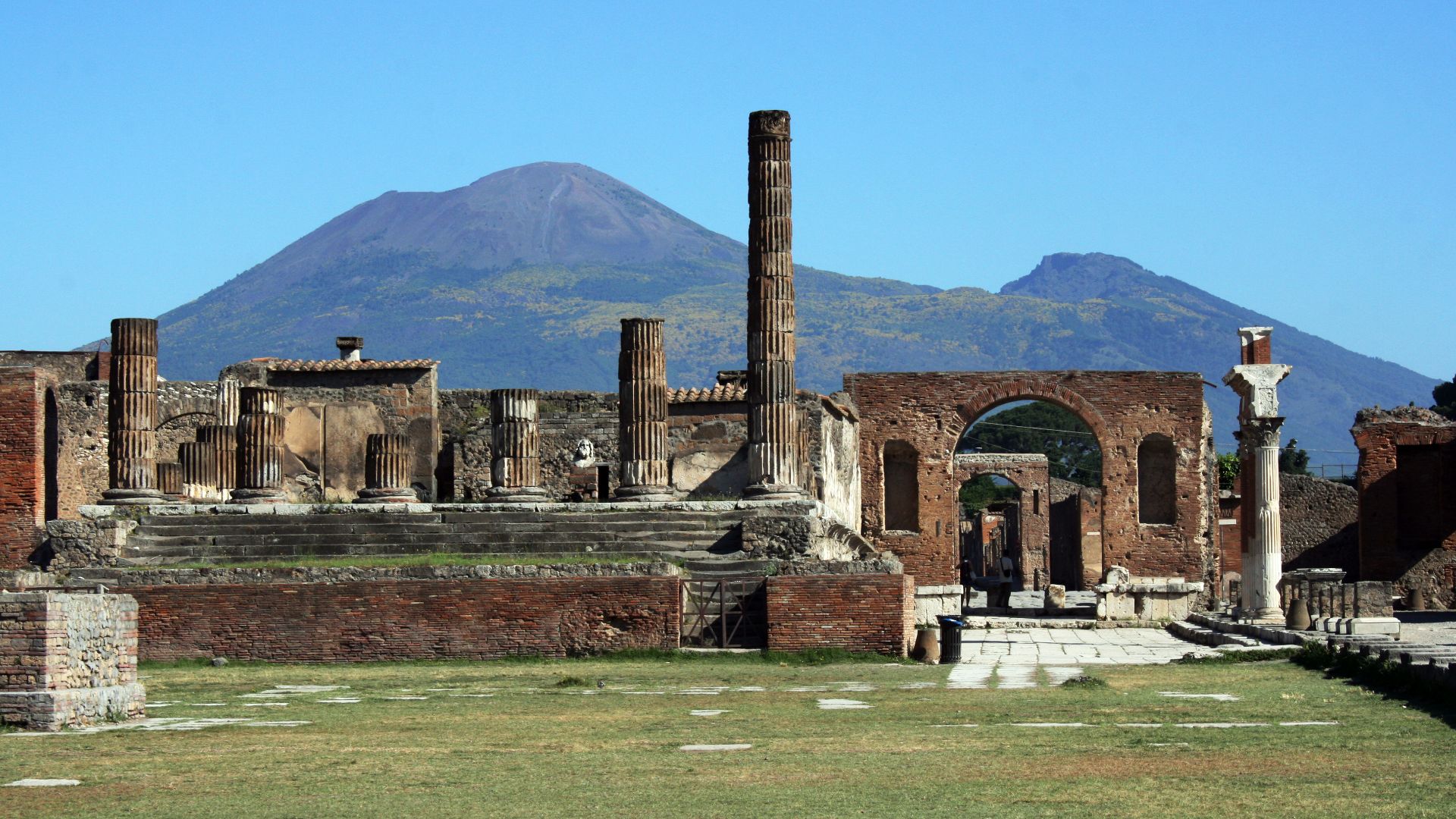 Glen Scarborough from The Central Coast, Australia on Wikimedia
Glen Scarborough from The Central Coast, Australia on Wikimedia
15. Herculaneum (79 A.D.)
When archaeologists uncovered Herculaneum’s boathouses, they found an unmatched treasure: wooden furniture, papyrus scrolls, and detailed carvings, all preserved by Vesuvius’s deadly flows. This wealthy resort town met the same fate as Pompeii, but its remains still capture the luxury of its final moments.
16. Thonis-Heracleion (Circa 2nd century B.C.)
Once a bustling Egyptian port where Greek traders docked their ships, Thonis-Heracleion thrived as a gateway to the Mediterranean. But earthquakes and rising seas slowly dragged it underwater. Lost for centuries, the city was finally rediscovered with its temples and statues perfectly preserved beneath the waves.
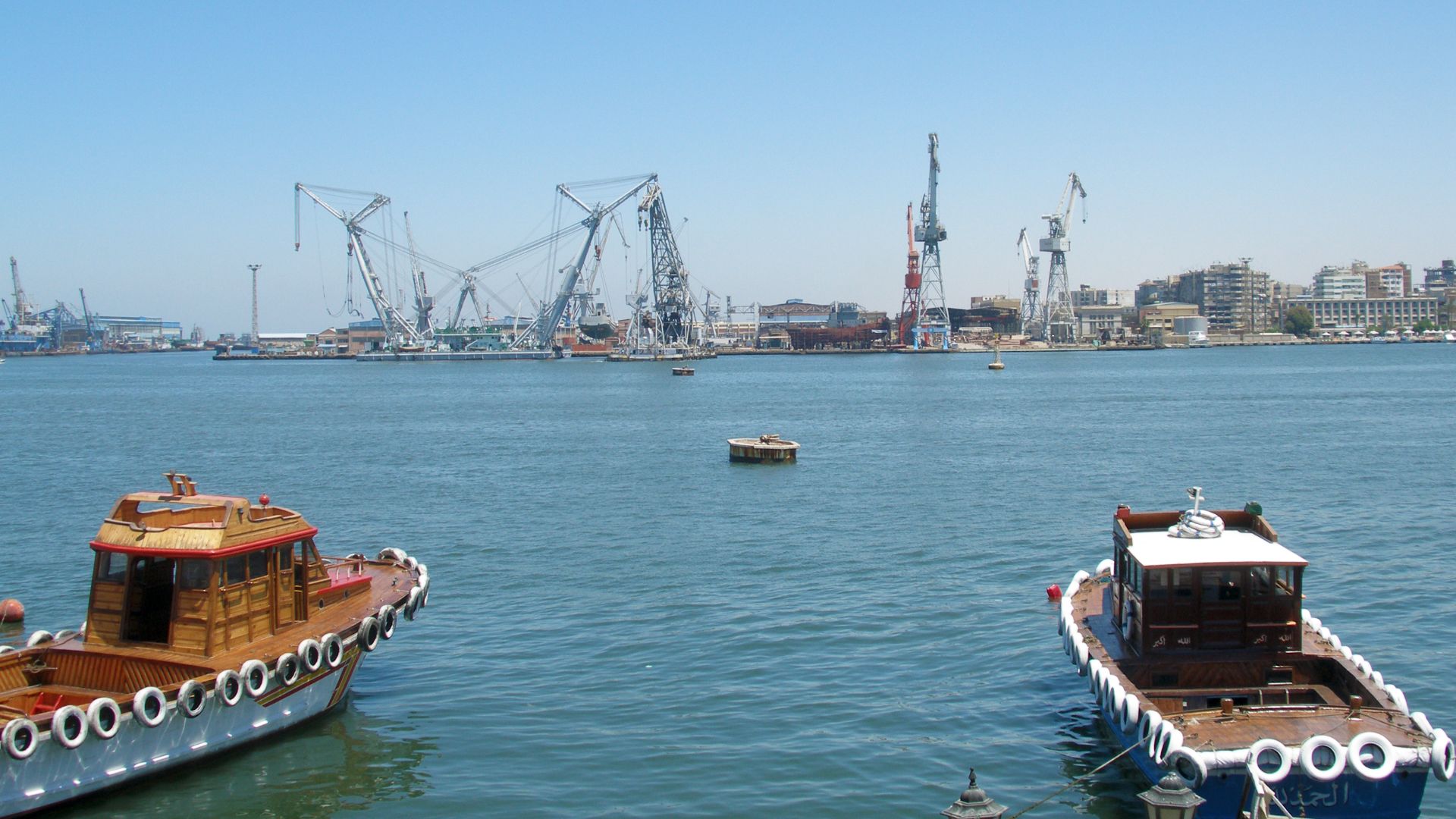 Vyacheslav Argenberg on Wikimedia
Vyacheslav Argenberg on Wikimedia
17. Mesa Verde (1300 A.D.)
Mesa Verde’s cliff dwellings remain stunningly intact beneath the green plateaus of Colorado. Its grand Cliff Palace, with more than 150 rooms, tells of the Ancestral Puebloans’ skill and strength until drought forced them to leave, their homes left silent but still standing strong.
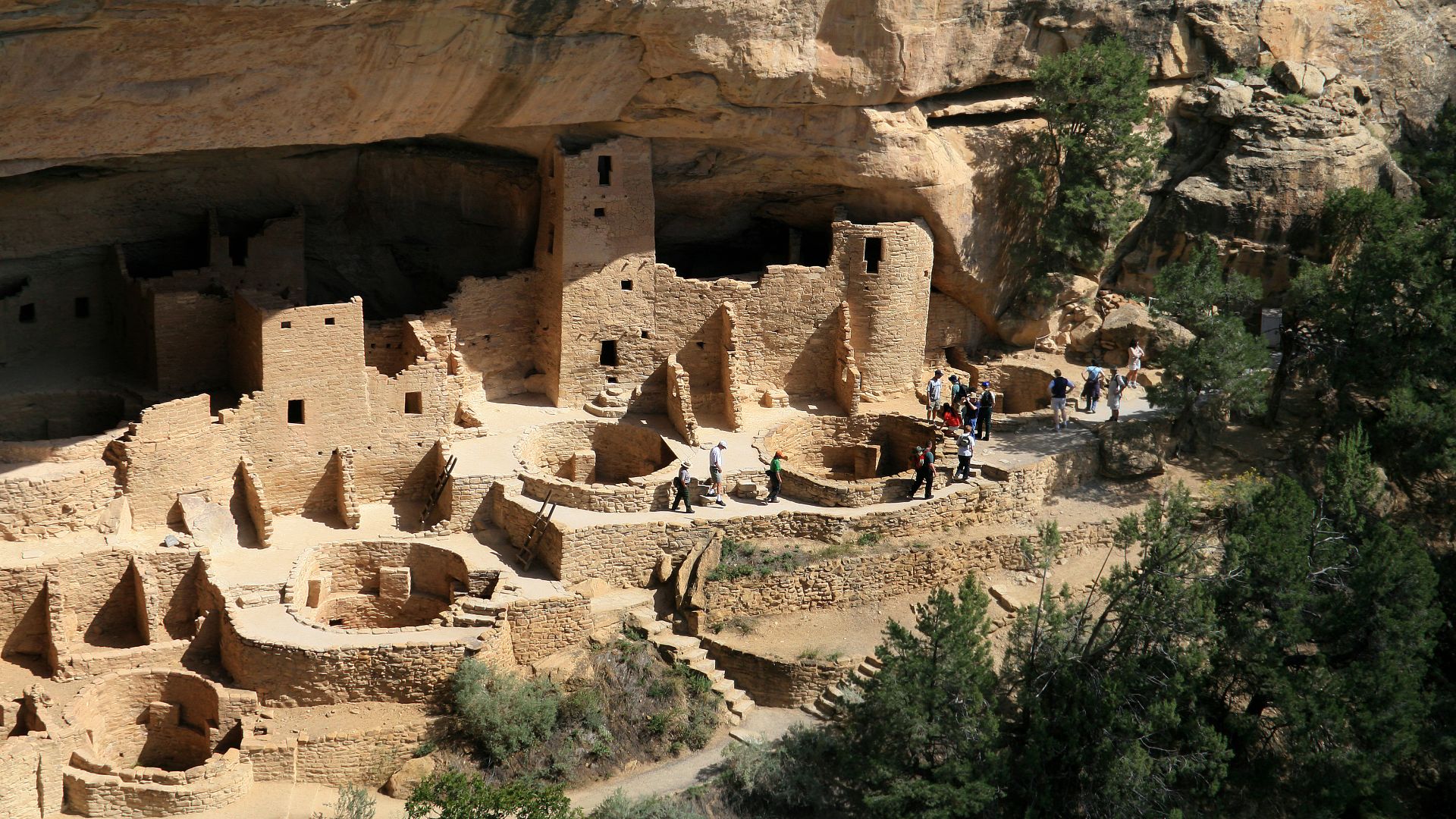 Andreas F. Borchert on Wikimedia
Andreas F. Borchert on Wikimedia
18. Ptolemaic Dynasty (30 B.C.)
Alexandria once glittered as the jewel of Ptolemaic Egypt, home to its world-famous library. But volcanic eruptions disrupted global weather, causing drought and failed harvests. Revolts followed, and Cleopatra VII watched her dynasty collapse before Rome conquered Egypt.
19. Athens (430 B.C.)
Through historian Thucydides’ writings, we glimpse Athens’ darkest hour. During the Peloponnesian War, a mysterious plague wiped out a quarter of its people and shattered its Golden Age. Scholars still debate which disease started the epidemic that changed Greek history forever.
20. Angkor (15th Century A.D.)
Angkor Wat stands as proof of remarkable engineering, anchoring a vast city whose waterways are still visible from space. Yet this jewel of the Khmer Empire couldn’t outlast nature—prolonged droughts and failing canals eventually left it deserted, its temples slowly reclaimed by the jungle.
KEEP ON READING

20 Important Names From World War II You Should Know
Key Players From World War II (For Good or Bad).…
By Cathy Liu Nov 7, 2024
10 Countries With The Longest Histories & 10 With The…
From Ancient Empires To Newborn Nations. It doesn't have to…
By Emilie Richardson-Dupuis Oct 30, 2025
The Musical Prodigy: 10 Fascinating Facts About Mozart & 10…
Secrets Behind the Symphony. Wolfgang Amadeus Mozart remains one of…
By Chase Wexler May 5, 2025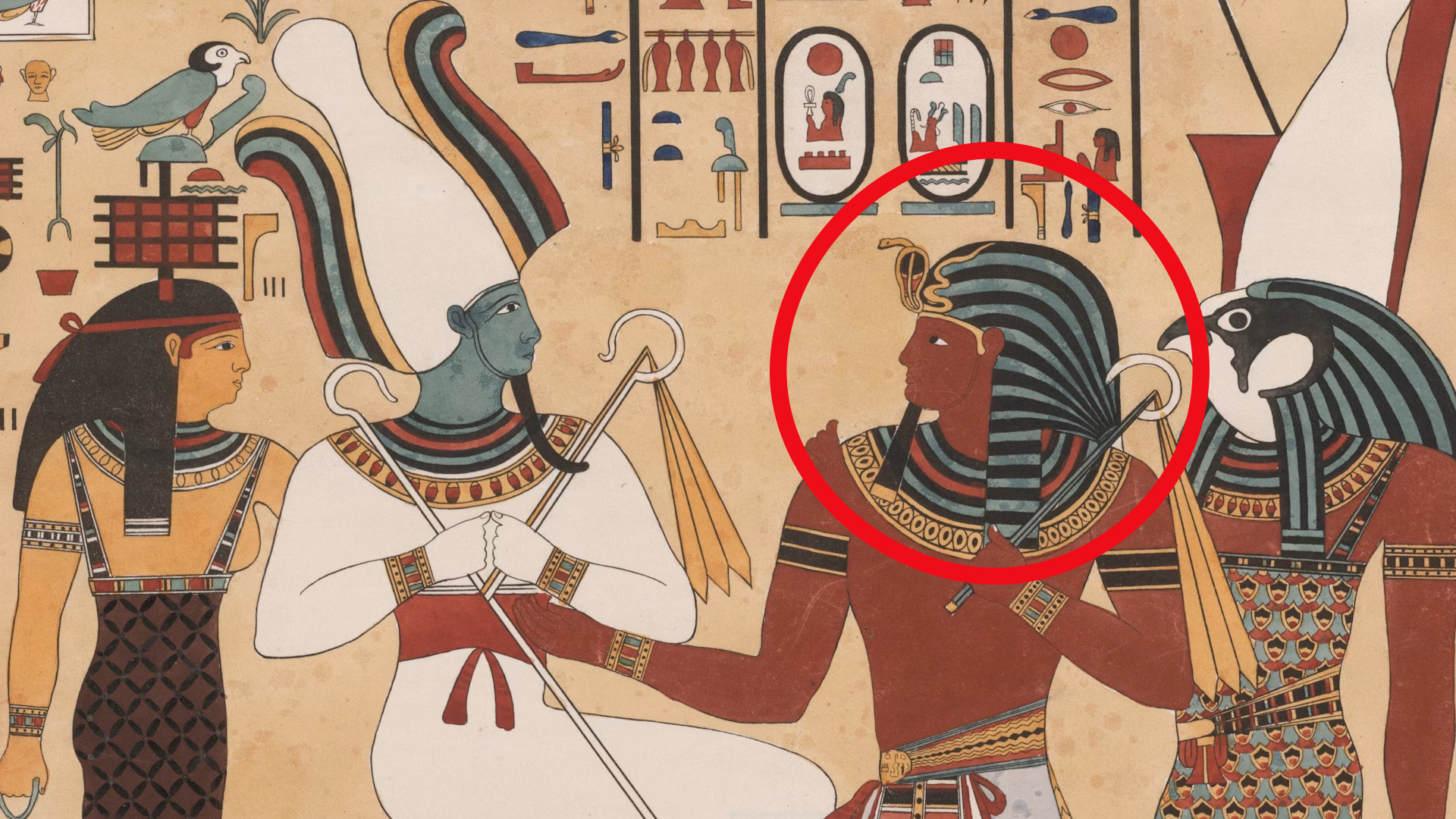
The Mysterious "Sea People" Who Collapsed Civilization
3,200 years ago, Bronze Age civilization in the Mediterranean suddenly…
By Robbie Woods Mar 18, 2025
20 Inventors Who Despised Their Creations
Made It… Then Hated It. Inventors often dream big, but…
By Chase Wexler Aug 8, 2025
20 Incredible Items In The British Museum People Say Were…
Mystery In History. The mighty halls of the British Museum…
By Chase Wexler Sep 8, 2025

